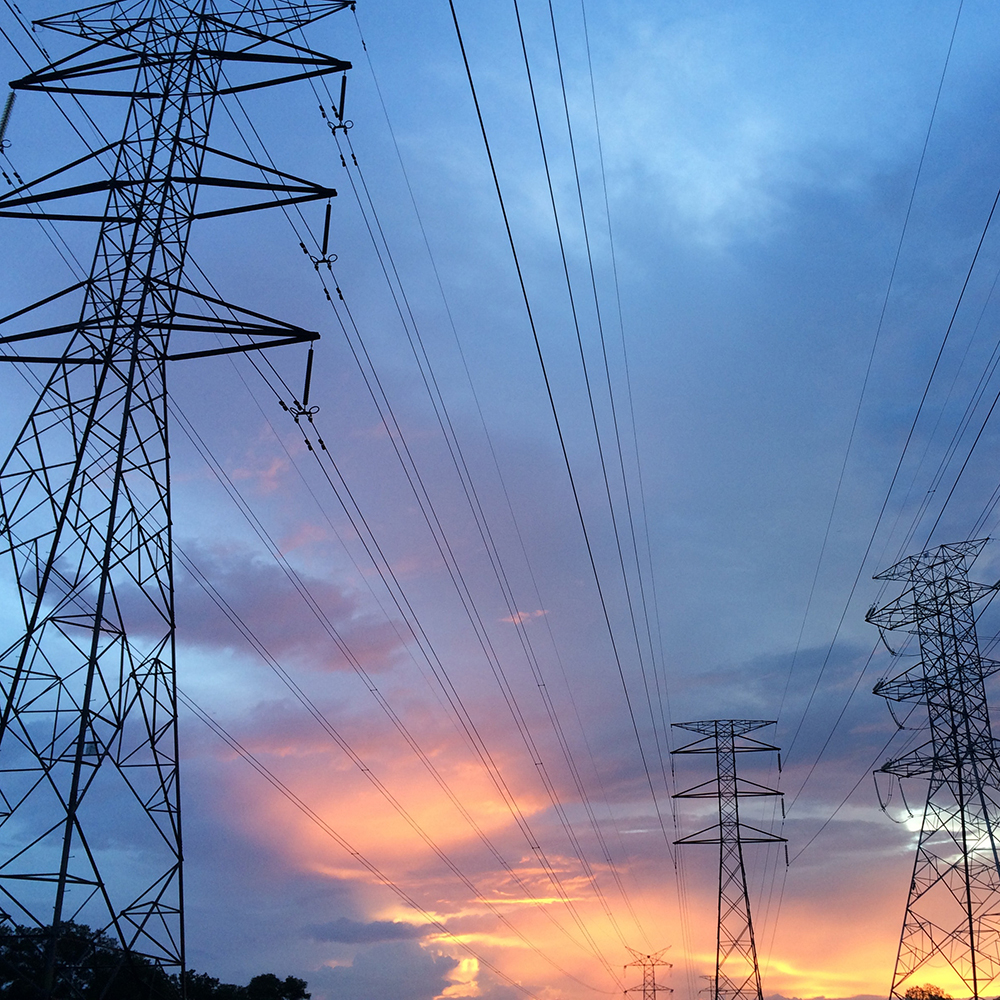The California Independent System Operator recently released its 2022-23 transmission plan, in which it outlines “new transmission infrastructure needed to reliably and efficiently meet California’s clean-energy objectives over the next decade.” It “identifies additional transmission and resource capacity” and “recommends 46 transmission projects costing an estimated $9.3 billion.”
“But getting the ball rolling on new power lines has been especially tough,” writes Sammy Roth in the Los Angeles Times’ global-warming obsessed Boiling Point newsletter. “Hardly anybody wants to pay for them.”
Interestingly enough, the headline over Roth’s article is “California’s race against time to build power lines.”
If Roth is right that few are willing to pay for new transmission lines, and there’s no reason to believe he’s not, could it be that the excessive cost of stringing new lines across long distances – the vast amount of land needed to build solar and wind farms requires them to be built far from population centers – that is causing people to balk? Yes, the $9.3 billion would be spread out over millions of California electricity consumers. But Californians are already paying some of the highest residential retail electricity prices in the country. Only in Hawaii, New Hampshire and Massachusetts does it cost more. Thanks to the state’s consuming regulatory regime, California prices are 56 percent higher than the national average.
Cost alone is a significant impediment to expanding transmission lines, but there are a number of other hang-ups, as well:
- The added miles of lines increase the risk of wildfires. California’s second-largest wildfire, the Dixie Fire, which burned nearly a million acres in 2021, was caused by power lines coming in contact with a tree. This might have been avoided had resources been spent on power line safety upgrades rather than flushed out through green energy projects. But this state has its priorities.
- Remember the race mentioned by Roth? Time, or the lack thereof, is critical. Estimates from the National Renewable Energy Laboratory indicate the U.S. would have to double the size of its transmission grid to be able to generate 90% of the country’s electricity from renewables. “At current growth rates,” says energy author and journalist Robert Bryce, that would “only take about 140 years!” Extending the grid by just 60% would take a mere 84 years. California will need much more than a 60% expansion, probably more than a doubling. The Sacramento Bee reported in December that “several agencies project the grid will need to roughly triple its transmission capacity by 2050.”
- Acquiring land for the towers that support the lines won’t be easy. As resistance to intrusive renewables projects builds, a few states have passed laws that restrict the use of eminent domain for transmission lines. And, as the housing crisis has shown, California is full of NIMBYs and BANANAs, many of whom will fight against transmission line expansion across rural lands and at the same time support taking natural gas and nuclear power offline.
As has been said many times, hope isn’t a strategy, and while California does have a plan for hitting its 2045 target, every day it becomes increasingly obvious that it’s relying far more on hope than a detailed blueprint.
Kerry Jackson is a fellow with the Center for California Reform at the Pacific Research Institute.


